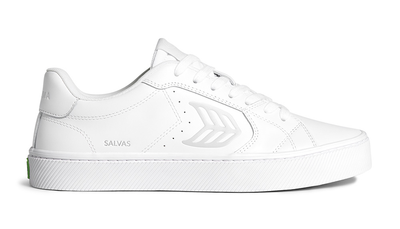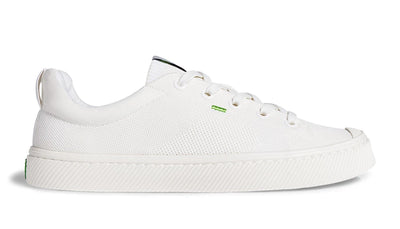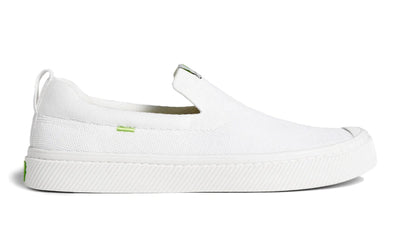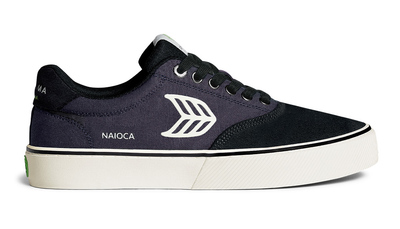The Leather Sneaker Dilemma: Navigating the Impact of Tanning
Leather sneakers have straddled the lines between style and substance, making them a staple in modern wardrobes. However, the process of tanning leather, which transforms raw animal hides into a usable textile, raises significant questions about sustainability and eco-friendliness. As we delve into the intricacies of tanning and its impact on leather sneakers, we aim to shed light on the environmental concerns accompanying this process and present a viable solution through our sustainable footwear offerings.
Understanding the Tanning Process: A Double-Edged Sword
Tanning is an essential procedure in leather production that allows animal hides to withstand time and wear. However, the methods used can either promote sustainability or contribute to substantial environmental harm.
-
Traditional vs. Modern Tanning Methods:
- Vegetable Tanning: This ancient method utilizes natural plant materials to tan hides without the use of harmful chemicals. It's eco-friendly, biodegradable, and produces rich, durable leather.
- Chrome Tanning: A more rapid process that utilizes chromium salts. While it’s efficient, it poses significant environmental risks, releasing toxic chemicals into water sources.
| Tanning Method | Environmental Impact | Durability | Production Time |
|---|---|---|---|
| Vegetable Tanning | Low | High | Longer |
| Chrome Tanning | High | Medium | Shorter |
This table highlights the essential differences in the impact and efficiency of the two prominent tanning methods. It's evident that while chrome tanning expedites production, it often comes at a considerable environmental cost.
The Hidden Costs of Tanning: Environmental Concerns
The impacts of tanning on the environment are often overlooked, yet they are profound. Over the decades, the leather industry has faced scrutiny for its contribution to pollution and resource depletion.
- Chemical Waste and Water Pollution: The chrome tanning process alone generates significant wastewater laden with harmful chemicals that can devastate local ecosystems.
- Deforestation and Land Use: The demand for leather contributes to deforestation as land is cleared for cattle grazing, leading to disrupted habitats and biodiversity loss.
With the fashion industry's shift towards sustainability, acknowledging these hidden costs is vital. This perspective shapes our approach, urging us to advocate for eco-friendly production practices that prioritize the well-being of our planet.
From Eco-Crisis to Innovation: Our Sustainable Footwear Journey
At Cariuma, we believe that style should not come at the cost of the environment. Our commitment to sustainable practices guides every step of our footwear production, ensuring our leather sneakers align with ethical values.
Embracing Natural Alternatives
To counteract the negative effects of traditional tanning, we opt for environmentally friendly materials and methods. Our products, including the elegant OCA Low Leather Sneakers and the chic Salvas Leather Women, utilize vegetable-tanned leathers that minimize harmful impacts while offering exquisite quality and comfort.
Quality Meets Responsibility
Our product line features a variety of styles crafted with sustainable thinking at their core. The CATIBA PRO Low Men and CATIBA PRO Low Women reflect our commitment to balancing performance, sustainability, and style. Moreover, we continuously reassess our materials and production methods to stay one step ahead in eco-conscious innovation.
Wear the Change: Fashionable Footwear for a Greener Tomorrow
In the age of fast fashion, every purchase we make sends a message, allowing us to support brands that prioritize sustainability. By choosing to wear eco-friendly footwear, we can help drive significant change within the fashion industry. Sustainable practices can lead to:
- Less Waste: By opting for sustainable brands, we reduce excess production, ultimately leading to lower waste output.
- Support for Ethical Practices: Choosing brands like ours fosters a demand for transparency and responsibility within the industry.
By embracing eco-friendly options, we play a direct role in promoting a sustainable future—one step at a time.
| Innovative Benefits | Traditional Leather Footwear |
|---|---|
| Lower environmental impact | High pollution rates |
| Use of eco-friendly materials | Reliance on harmful chemicals |
| Support for ethical production | Profit-driven motives |
This table compares the innovative benefits of sustainable footwear with traditional leather options, showcasing the advantages to both the planet and the consumer.
Stepping Toward A Sustainable Future: Our Invitation to Change
As we reflect on the impact of tanning on leather sneakers, recognizing the importance of sustainable practices becomes undeniable. The choices we make today can significantly influence the world of tomorrow.
Our collections, including the stylish Ibira Men and Ibira Women, represent our dedication to providing high-quality, eco-friendly footwear that aligns with your values. As we step forward into a future of conscious fashion, we invite you to join us in supporting sustainable practices.
By choosing our products, not only are you investing in stylish and comfortable footwear, but you are also contributing to a larger mission of creating a more ethical and sustainable fashion industry. We believe every step changes the course of the future, and we are excited to walk this path with you.
As consumers, your choice can ripple through the industry, driving demand for more sustainable practices. By advocating for eco-friendly alternatives, we can all contribute to a meaningful shift towards a more responsible and sustainable world of fashion.
Explore our full range of sustainable footwear options at Cariuma and join us in making an impactful change!















































